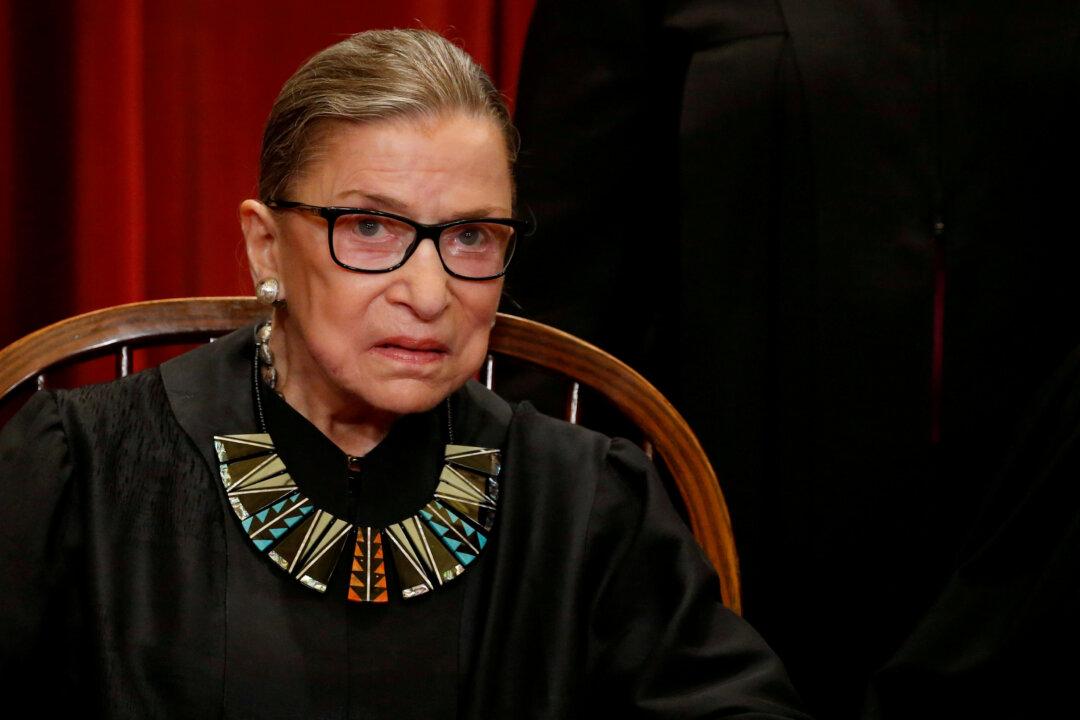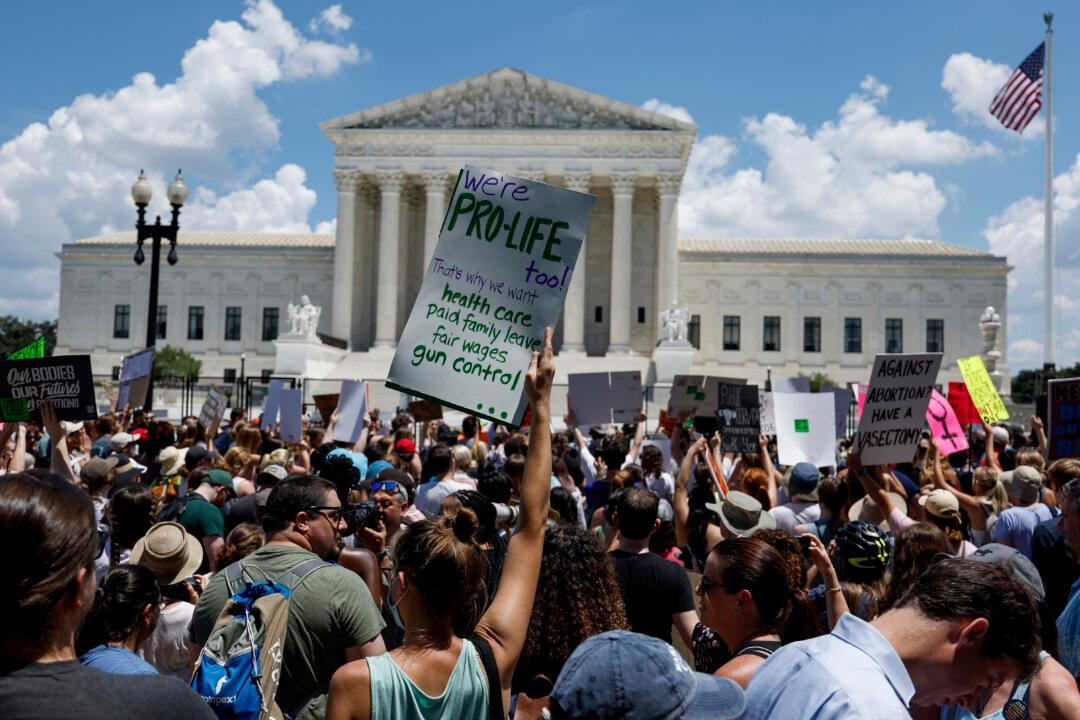Rep. Raja Krishnamoorthi (D-Ill.) said he will introduce legislation to place a bust of late Supreme Court Justice Ruth Bader Ginsburg in the Capitol Rotunda to honor her memory and the contributions she made to the country.
“As we remember the life and enduring legacy of Justice Ruth Bader Ginsburg, it’s also important that we commemorate that legacy across our nation.” Krishnamoorthi said in a written statement Sunday.





